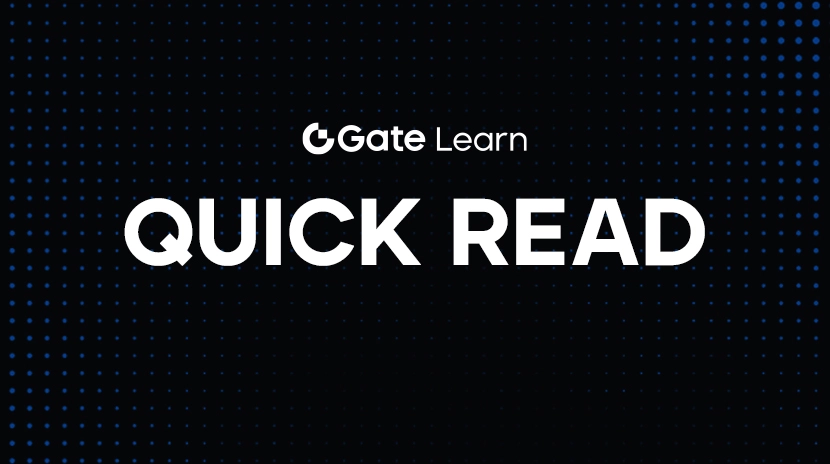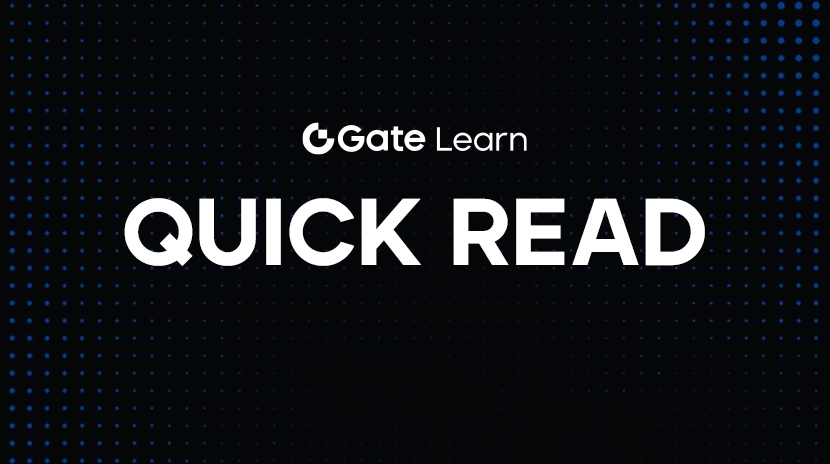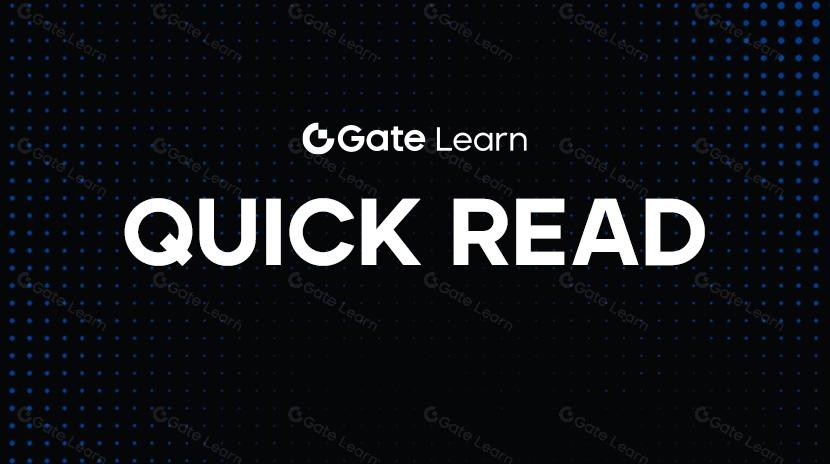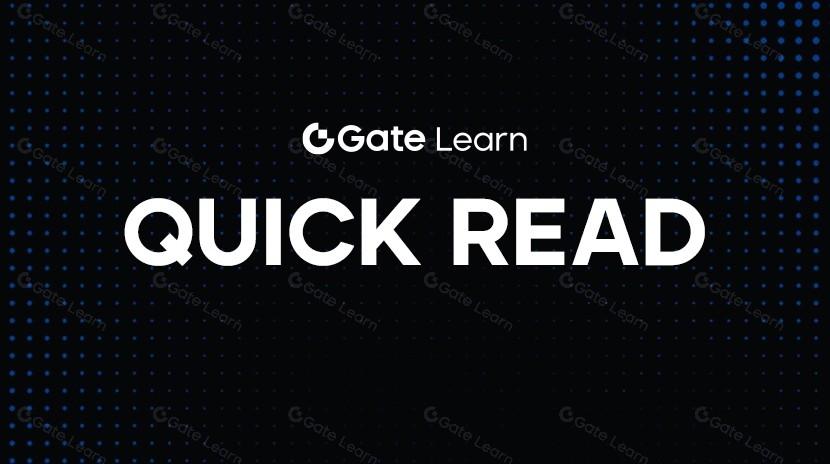OpenSea’s Next Chapter: From NFT Marketplace Leader to a Multichain Governance Ecosystem
OpenSea: Transforming the Gateway to the NFT World

(Source: OpenSea)
Since launching in 2017, OpenSea has become synonymous with the global NFT marketplace. Collectors, artists, and gamers have all leveraged the platform to freely trade digital art, virtual land, in-game items, domain names, and other assets using cryptocurrency wallets.
OpenSea’s core mission is to make entry into the NFT world as intuitive as possible for everyone, lowering barriers and empowering both creators and collectors with greater freedom.
Diverse Assets and Cross-Chain Support: Creating a Truly Open NFT Ecosystem
OpenSea’s growth has never been confined to a single blockchain or asset type. The platform supports leading public blockchains like Ethereum, Polygon, and Solana, allowing users to manage cross-chain assets in familiar environments. Its interface retains the usability of Web2 platforms, so even newcomers with no blockchain experience can quickly mint, trade, and manage NFTs.
One standout feature is gas-free minting (lazy minting), which dramatically lowers the entry barrier for creators and helps them avoid missing opportunities due to high transaction fees. Smart contracts execute every transaction, allowing users to control their assets directly and supporting the decentralized spirit of NFT markets.
SEA Token: Turning the Platform into a Community-Governed Protocol
OpenSea’s next chapter is a shift from a centralized platform to a protocol shaped by its community, with the SEA token at the core of this evolution. SEA holders can vote on governance issues and propose directions for protocol upgrades, fee policies, and creator incentives. This transition makes OpenSea more than just a marketplace—it becomes a community-driven NFT ecosystem built collaboratively by its users.
Half of the SEA token supply will be allocated to the community through airdrops, incentives, and task rewards. OpenSea also pledges to use 50% of its platform revenue to buy back SEA, creating a positive cycle that links token value to platform usage. Gamified features like treasure chests and blue-chip NFT incentives further boost engagement, so governance participation is more than just voting—users can actively contribute to ecosystem growth.
OS2: Modular NFT Platform for the Multi-Chain Era
OpenSea continues to upgrade its foundational technology, with OS2 at the heart of this transformation. OS2’s modular smart contract architecture enables rapid adaptation to technological changes and allows targeted feature upgrades without a full system overhaul. The platform now supports over 19 public blockchains, streamlining the complexity of cross-chain NFT transfers. Enhanced contracts have reduced gas costs, making minting, trading, and managing NFTs more efficient and cost-effective. On the security side, OS2 strengthens self-custody, ensuring users always control their assets and reinforcing the platform’s commitment to decentralization.
To learn more about Web3, click to register: https://www.gate.com/
Conclusion
OpenSea has evolved beyond a simple NFT trading platform. It is becoming a multi-chain ecosystem where creation, governance, trading, protocol upgrades, and cross-chain interoperability are connected by OS2 and SEA. With gas-free minting, gamified incentives, and modular smart contract architecture, OpenSea is redefining NFT utility and enabling creators and collectors to generate value in a more open, interactive environment. As Web3 rapidly evolves, OpenSea’s latest phase is solidifying its role as a foundational layer in NFT infrastructure.
Related Articles

Pi Coin Transaction Guide: How to Transfer to Gate.com

Flare Crypto Explained: What Is Flare Network and Why It Matters in 2025

2025 BTC Price Prediction: BTC Trend Forecast Based on Technical and Macroeconomic Data

How to Use a Crypto Whale Tracker: Top Tool Recommendation for 2025 to Follow Whale Moves

What is N2: An AI-Driven Layer 2 Solution
